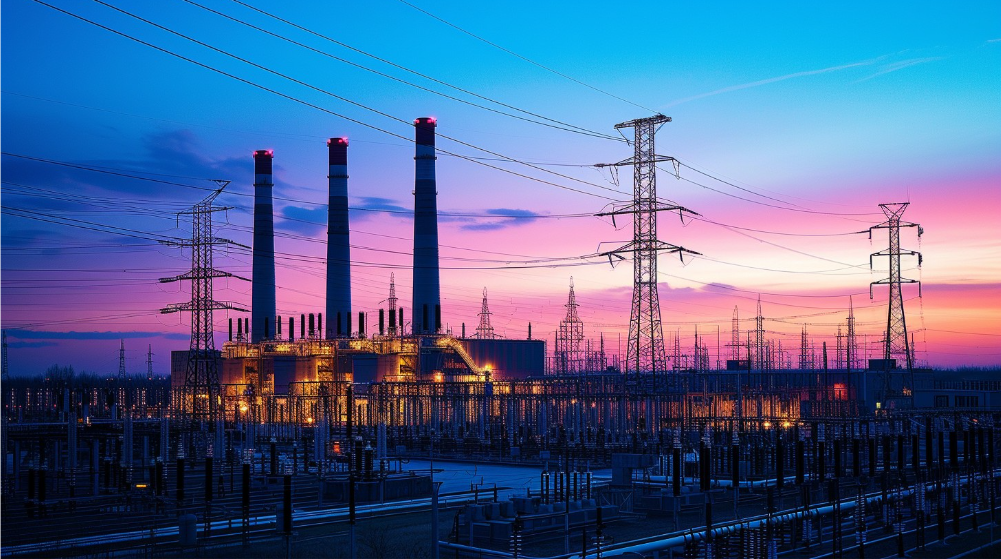Mozambique has gained World Bank backing for the $6 billion Mphanda Nkuwa hydroelectric plant, set to become southern Africa’s largest energy infrastructure project in half a century. Located along the Zambezi River, 60 kilometers downstream from the Cahora Bassa dam, the facility is expected to generate 1,500 megawatts upon completion in 2031.
The initiative is part of Mozambique’s national electrification strategy, which aims to connect all 33 million citizens—most of whom live in rural areas—to electricity by 2030. Electricity access has already risen from 31% in 2018 to 60% in 2024, driven by investments in renewable energy and grid expansion.
While the World Bank is not directly financing the plant, it is providing concessional funding, risk guarantees, and support for transmission infrastructure. The project is being developed by a consortium including TotalEnergies, Electricité de France, and Mozambique’s Hidroeléctrica de Cahora Bassa.
The Mphanda Nkuwa plant is expected to help address a regional power deficit of 10,000 megawatts, with surplus electricity earmarked for export to neighboring countries such as Zambia, Malawi, and Zimbabwe.



